I) Changing character of the Civil Rights Movement
A) The Middle-Class Movement – the early struggle for civil rights revolved around issues that required money to take advantage of—being served in restaurants, ability to sit where one pleased to ride on a bus, etc. These rights, although they were initially challenged by whites, were rather quickly extended by the white power structure
1) Working-class sympathies – in order to achieve this, middle class blacks had to seek out working-class blacks to achieve these bourgeois aims.
B) The Working-class Movement – as the civil rights movement began to build upon its successes, it was transformed slowly into a movement seeking political justice and economic justice, which encountered much more active resistance.
1) Voting rights – SNCC, after the successes that it achieved in the arena of the right to spend money for equal value, moved into the arena of seeking political rights, which encountered much more resistance.
(a) Albany GA
(b) Birmingham AL
(c) Freedom Summer in Mississippi
2) Black Power – the fallout from Freedom summer splintered the youth in the civil rights movement; both SNCC and CORE, which had always been bi-racial, asked white members to resign from the respective organizations, and they both became black-only.
(a) Stokley Carmichael – one of the principle leaders of SNCC, Carmichael became increasingly frustrated with what he perceived to be the lack of progress on the civil rights front, and was the leading proponent of the “black power” direction of SNCC.
1) Malcolm Little – was born in Omaha, Nebraska on May 11, 1925. His father, a Baptist preacher, was an outspoken advocate for black equality and civil rights, and the family was forced to move three times before Malcolm was four years old. In 1931, Malcolm’s father, Earl Little, was murdered in Lansing, Michigan. Several years later, Malcolm’s mother had a nervous breakdown, and the family was split-up among relatives. In eighth grade, Malcolm left school after his favorite white teacher told him that his ambition to be a lawyer “wasn’t a realistic dream for a nigger” (a remark that she probably meant to be kindly). Malcolm became a petty crook in New York and Boston, before being convicted and jailed 1946. Realizing that he was wasting his life, Malcolm spent his time in prison on a program of self-improvement, when his brother Reginald introduced him to the Nation of Islam faith.
2) Nation of Islam – this sect was founded in Detroit in the early years of the Depression by Wallace Fard (aka Wali Farad Muhammad). Fard “disappeared” in 1934, and leadership of the sect was taken over by Fard’s disciple Elijah Muhammad. The Nation of Islam preached the rejections of Christianity (the white man’s religion, which was used to subjugate blacks), the embracement of Islam (as filtered through Elijah Muhammad), and the promotion of black pride.
(a) Discuss the duality of ending segregation – by ending segregation, in many areas black independence was also undermined; black businesses depended upon blacks having no choice but to shop in the neighborhood, because these businesses were not able to ever get big enough to compete with chain stores (much like many white small businesses)
(b) Discuss the ying and yang of the Civil Rights Movement, as it became personified in MLK and Malcolm X; Movement ultimately was about respect, and self-respect.
(c) Ultimately, Malcolm X rejected the creed of the Nation of Islam (after making a pilgrimage to Mecca, and finding that he could embrace white Muslims as brethren), and his estrangement from the Nation of Islam eventually cost him his life in 1965, when three assassins from that organization murdered Malcolm in February of that year.
D) Martin Luther King – King, after Malcolm’s death, moved further toward his position, and began to place greater emphasis upon black pride. MLK also began to distance himself from the government’s position on Vietnam, which increased tension between himself and LBJ. MLK also began to realize that civil rights without economic justice was rather hollow, and he began to support efforts to create economic justice—which is why he was in Memphis in March and April of 1968.
E) Civil Rights in the north – de facto segregation in the north caused black anger to explode just as the fruits of the Civil Rights Movement were reaching fruition.
1) Watts (1965) – the explosion of African American frustration with their exclusion from prosperity in the North led to six days of rioting and looting in Central LA; this was the first of the “long hot summers” of the 1960s
2) Detroit and Newark (1967) – (and Toledo) conflicts with an overwhelmingly white police force touched off several days of rioting in Detroit, resulting in numerous deaths (overwhelmingly black), as well as looting. Similar tensions between the police in Toledo and the black community here resulted in a much smaller scale insurrection in the heart of the black community here, near Dorr Street and Detroit Avenue.
II) The Counterculture
1) Woodstock – “Three Days of Peace and Love” – a disaster waiting to happen, but the “hippy vibe” averted what could have happened in the fall of that year
B) Altamont – free concert near San Francisco, featuring Jefferson Airplane, Grateful Dead, and Rolling Stones—and “security” by the Hell’s Angels. “Hippy vibe” did not work its magic here, resulting in numerous injuries from conflicts with the Angels (including singer Marty Balin of the Airplane), and one death (concert-goer knifed by gang of Angels).
C) The Conquest of Cool – advertising firms begin using symbols of the counterculture to sell commodities
1) “The Man” Can’t Bust Our Music – advertising campaign by CBS Records (part of one of the largest media conglomerates of that time)
2) Volkswagen
3) Levi Strauss and Company
D) New Left legacy
1) Feminism – many women in the “movement” quickly got fed up with rhetoric which proclaimed ideals of equality, while relegating them to making coffee, servicing male members (Stokely Carmichael quote on his position on women in SNCC)
(a) Drive for equal pay; equality of opportunity
(b) Day care
(c) Readjustment of family roles – common sense about gender roles
E) Racism – no longer acceptable, in any form, in most forums—although it certainly still exists.
(a) Martin Luther King Day – the fact that we have set aside a day to honor a man who was spied on by the FBI, mistrusted by the presidents he dealt with, and openly despised by millions of white people says a lot about the effect of the Civil Rights Movement and the New Left had upon this country. Opposition to the establishment of MLK day in Arizona by Gov. Evan Meacham (after a threatened economic boycott) led to his impeachment.
2) Legacy of moralism in politics – although the moralistic tone of politics from the 1960s had been appropriated by the Right (largely the Christian Right), that was brought to the fore by the New Left, which insisted that the United States live up to its high expectations.
F) Environmentalism – the environmentalist movement is directly related to the legacy of the New Left, and it’s questioning of corporate hegemony.
G) Gay Liberation
1) Stonewall Riots--the Stonewall Inn, in Greenwich Village was frequented by many of the most marginalized people in New York City--particularly drag queens, transgendered people, and effeminate youg men. NYC police regularly harrassed patrons in "gay" bars, but on June 28, 1969, gays in Greenwich Village decided to fight back.
G) Gay Liberation
1) Stonewall Riots--the Stonewall Inn, in Greenwich Village was frequented by many of the most marginalized people in New York City--particularly drag queens, transgendered people, and effeminate youg men. NYC police regularly harrassed patrons in "gay" bars, but on June 28, 1969, gays in Greenwich Village decided to fight back.
III) White Backlash – as the civil rights movement moved north, it encountered the same kind of resistance that had happened in the South all over again.
I) Southern Strategy of Republican Party
A) 1964 Election – despite Johnson’s landslide victory over Barry Goldwater, the strategy that the Republican Party had followed for the past 37 years was established; undermine Democratic support in its former stronghold in the South, but appear moderate enough on issues to retain support in the Southwest and West.
1) Barry Goldwater – only senator outside of the South to vote against the Civil Rights Act of 1964, ostensibly because it undermined the constitution.
B) 1968 Election – Nixon’s southern strategy undermined by the candidacy of George Wallace, and it nearly undermined enough of Nixon’s support to cost him the election. However, Humphrey’s campaign caught fire too late (after he had virtually turned over the running of the campaign to the AFL-CIO), and Nixon was elected
1) Internal dissension of Democratic Party – liberal coalition coming apart as a result of the War in Vietnam.
1) Southern Strategy -- – Nixon saw racial conflict as a means to divide the Democratic Party and ensure a Republican majority
(a) Kevin Phillips and The Emerging Republican Majority – pointed out that the South and Southwest were the two areas of the country growing the fastest, and were largely conservative; and that blue-collar ethnics were becoming disaffected with the racial policy of the Democratic Party.
(b) Benign neglect of problems of African Americans – they would never vote Republican in large number for the foreseeable future, anyway.
(c) Delaying tactics on court-ordered desegregation of schools -- allowing the problem to fester allowed the blame to be place on Democrats, and heightened anxieties.
2) Affirmative Action – Nixon administration transforms Affirmative Action into set asides for minorities.
(a) Philadelphia Plan – proposed by Secretary of Labor George Schultz; executive order which stipulated that workforce on government contract jobs had to reflect racial make-up of the area; this alienated a number of white blue-collar workers in the building trades, who had long benefited from family and friend connections to gain building trades jobs—to the exclusion of minorities
C) 1972 Election
D) 1976 Election – the rise of the “outsider” candidate.
1) Jimmy Carter – southern Democrat (and no friend of labor), first to run as a Washington outsider.
(a) Appointment of Paul Volker as chairman of the Fed – Volker put a choke hold on the economy by raising prime lending rate to unheard of heights to bring inflation under control
1) Ronald Reagan – the economic malaise, coupled with the hostage situation in Iran, made Carter immensely unpopular as a president.
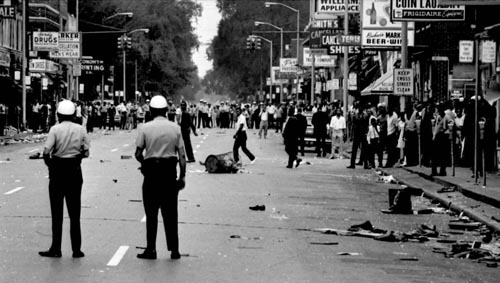

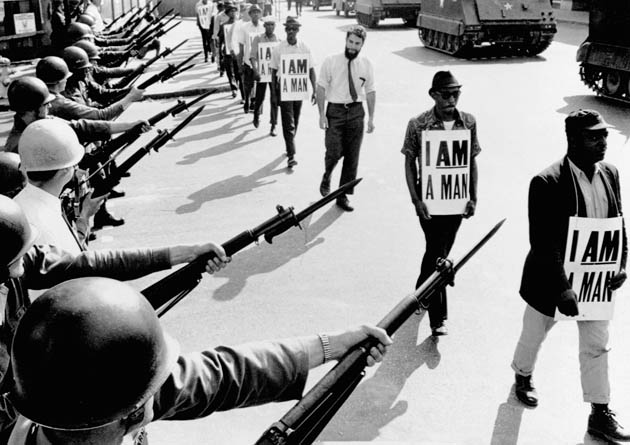

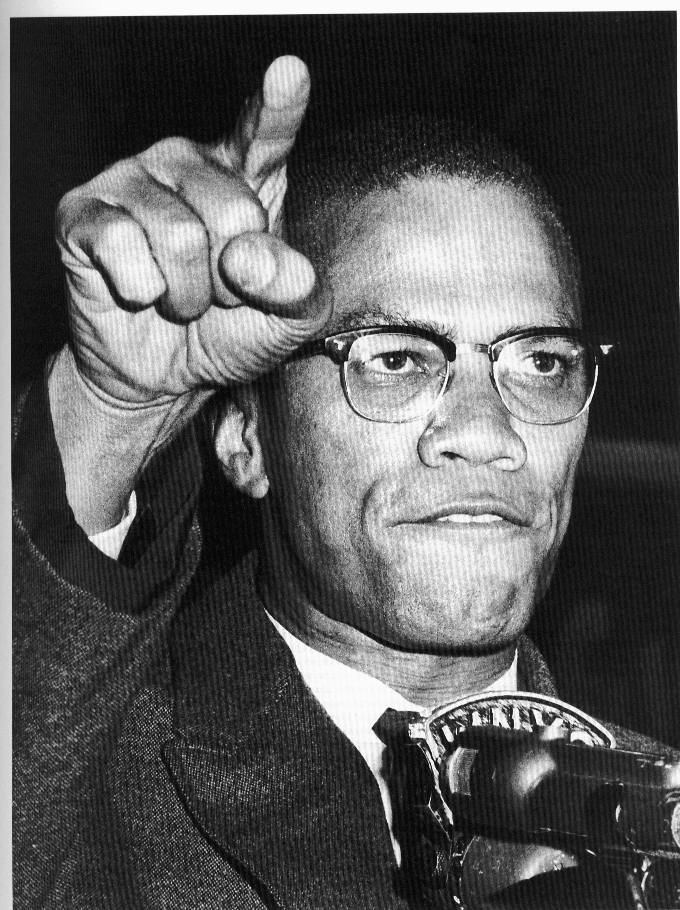
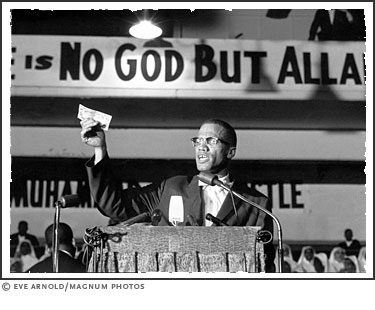






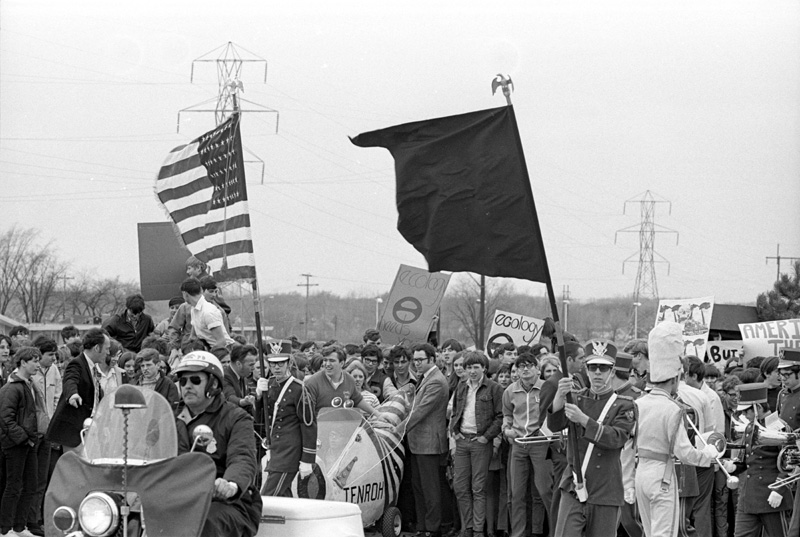





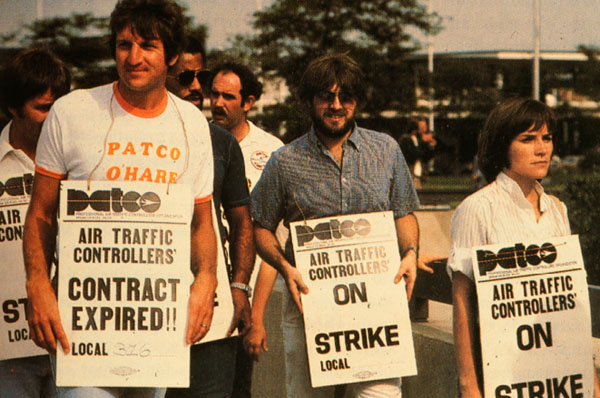
Hi, I'm wondering what your sources for the portion of when black populist movement was co-opted by the white bourgeoisie movement? I'm writing a paper on it and I'm trying to get some insights on that for the white-washing of the civil-rights movement!
ReplyDeleteThank you!